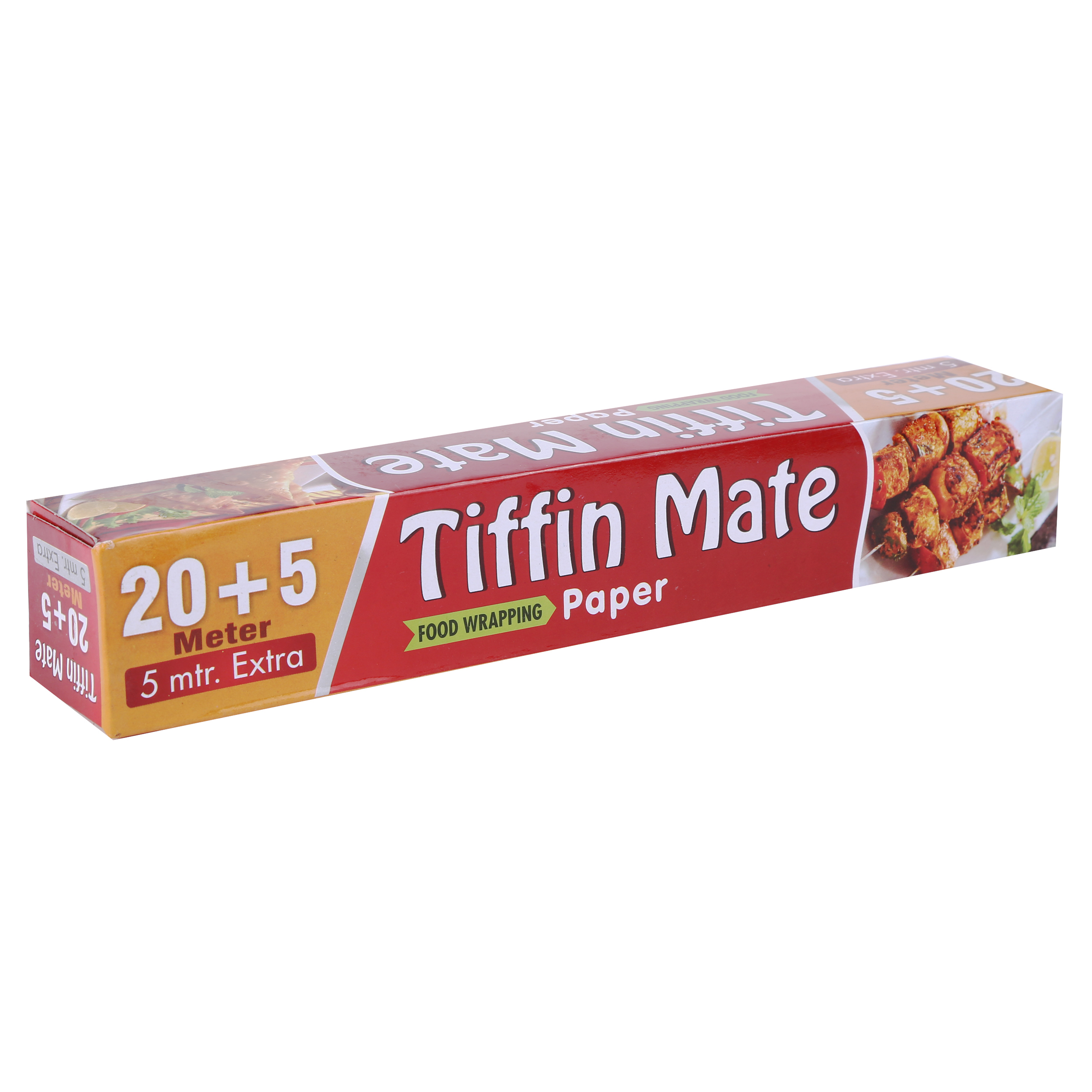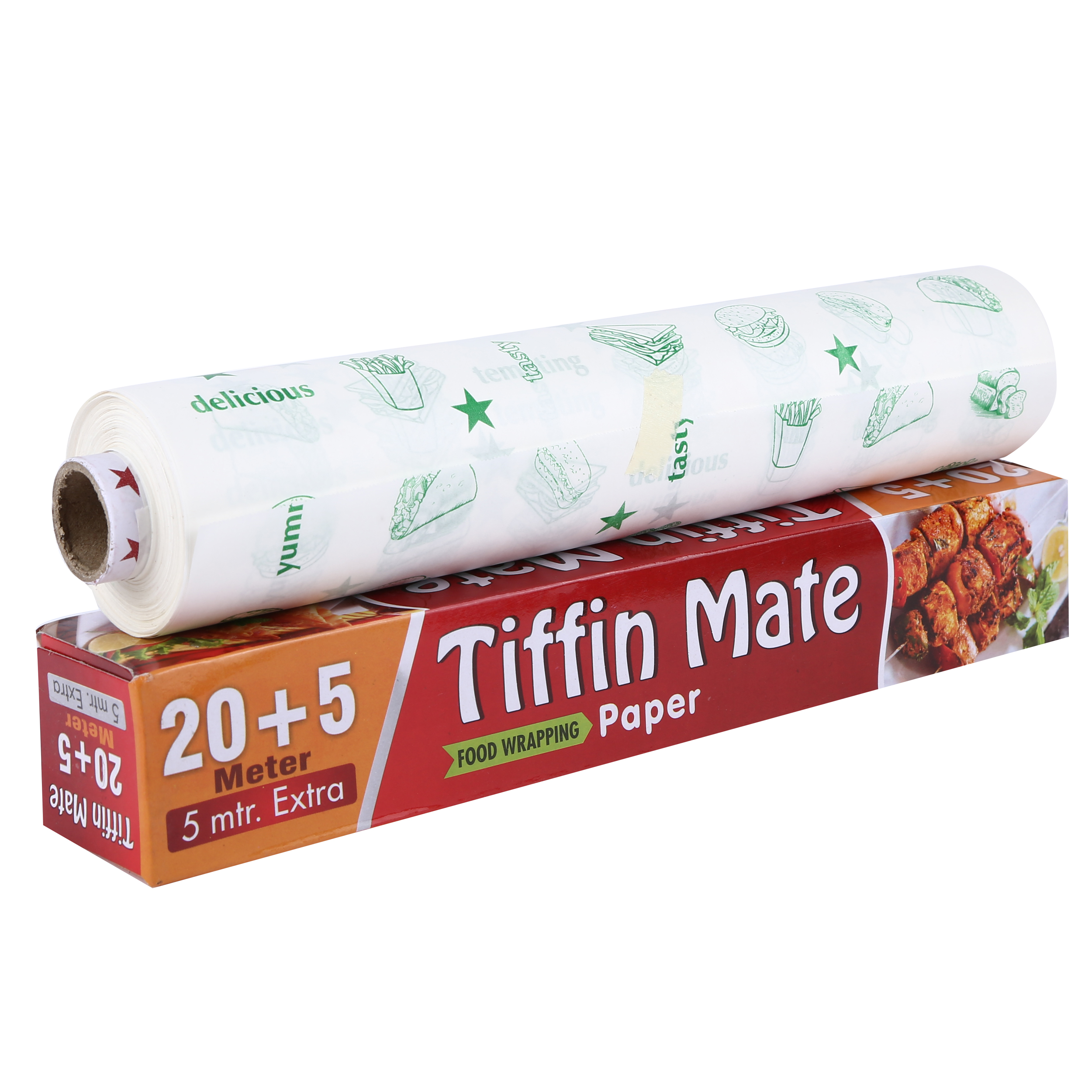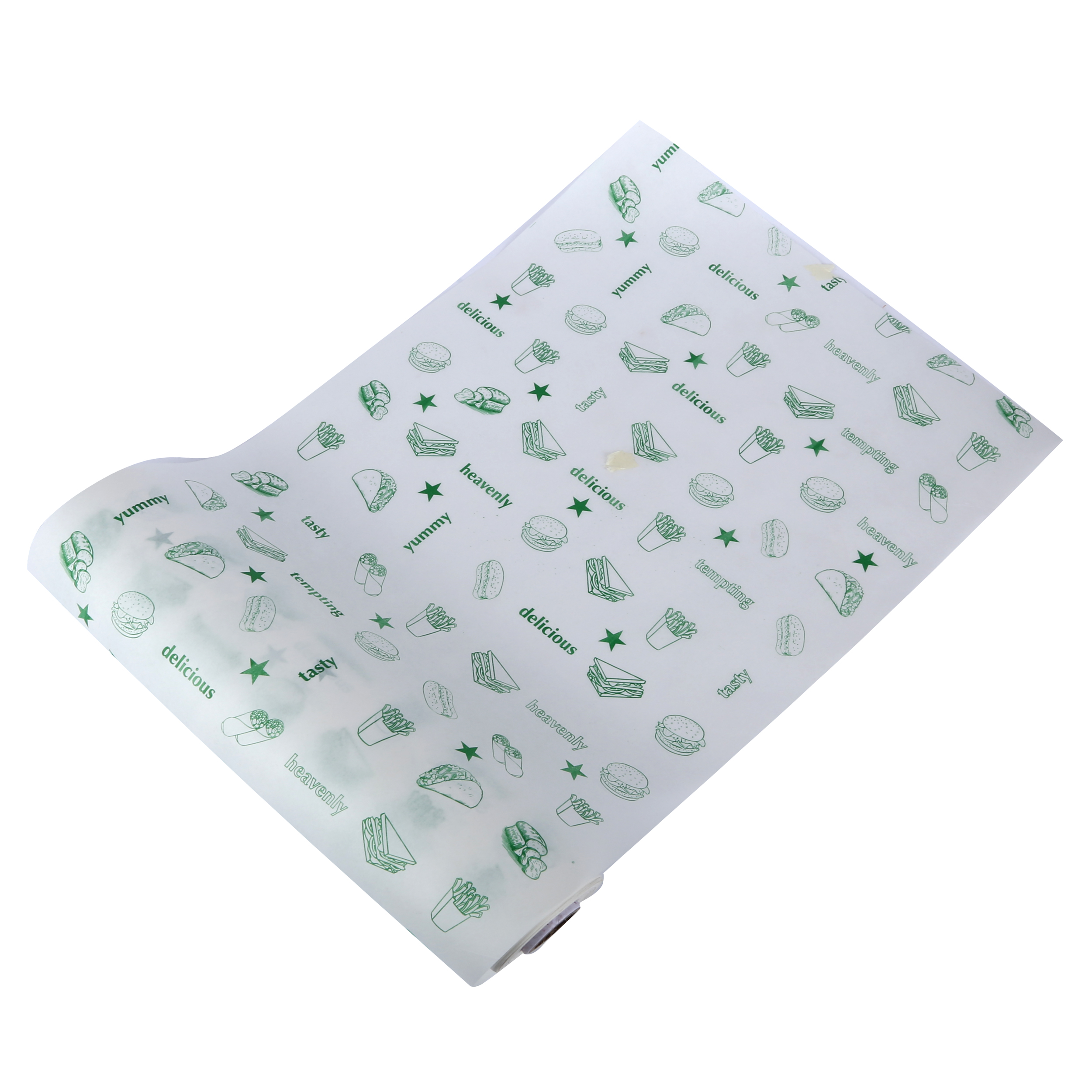A food wrapping roll typically refers to a roll of material that is used to wrap or package food items. This material can vary based on the type of food being wrapped and the specific requirements for packaging. Here are a few common types of food wrapping rolls:
- Plastic Wrap: Also known as cling film, plastic wrap is a thin, transparent plastic material that is commonly used to wrap and protect perishable food items. It helps to keep food fresh and prevent exposure to air and contaminants.
- Aluminum Foil: Aluminum foil is a versatile material often used for wrapping or covering food before cooking or storing. It can help retain moisture and heat, making it suitable for both cooking and preserving food.
- Wax Paper: Wax paper is coated with a thin layer of wax on both sides, making it a good option for wrapping sandwiches, baked goods, or items that need a moisture barrier.
- Parchment Paper: Parchment paper is a non-stick, heat-resistant paper that is commonly used for baking. It can also be used for wrapping certain foods to keep them from sticking to each other.
- Butcher Paper: Butcher paper is a sturdy, uncoated paper that is often used for wrapping meat, deli items, and sandwiches. It can withstand moisture and grease to some extent.
- Greaseproof Paper: This type of paper is resistant to oil and grease and is commonly used for wrapping fried or oily foods.
- Cloth Wraps: In some cultures, cloth wraps or fabric pieces are used to wrap and transport food items like sandwiches, rice, or other traditional dishes.
When choosing a food wrapping material, it’s important to consider factors such as the type of food, its moisture content, whether it needs to be heated or refrigerated, and any environmental or sustainability concerns you might have. Different materials have different properties and uses, so selecting the right one for your specific needs is important.






